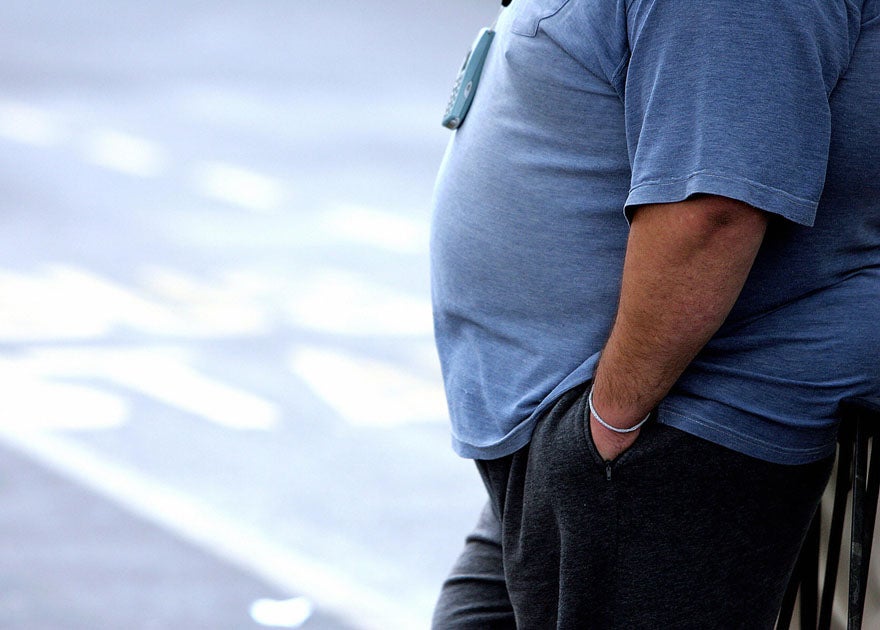Scientists discover how common white fat can be converted into form of calorie-burning brown fat in humans
Researchers discovered experiencing extreme stress was key to the conversion

Your support helps us to tell the story
From reproductive rights to climate change to Big Tech, The Independent is on the ground when the story is developing. Whether it's investigating the financials of Elon Musk's pro-Trump PAC or producing our latest documentary, 'The A Word', which shines a light on the American women fighting for reproductive rights, we know how important it is to parse out the facts from the messaging.
At such a critical moment in US history, we need reporters on the ground. Your donation allows us to keep sending journalists to speak to both sides of the story.
The Independent is trusted by Americans across the entire political spectrum. And unlike many other quality news outlets, we choose not to lock Americans out of our reporting and analysis with paywalls. We believe quality journalism should be available to everyone, paid for by those who can afford it.
Your support makes all the difference.Scientists have discovered how to turn harmful “white” fat into a form of energy burning “brown” fat in humans for the first time.
White fat in humans has been linked to obesity, while brown fat is able to reduce blood glucose levels and increase the metabolic rate, burning excess calories when it is activated by adrenaline, though adults have small amounts of this fat in the body.
In a study published by Molecular Cell, led by Labros Sidossis, professor of internal medicine at the University of Texas Medical Branch (UTMB), researchers discovered it is possible for white fat to be converted into a form of brown fat, using a “stress model” based on findings from burns victims.
People who have suffered severe burns injuries undergo severe and prolonged levels of stress, where “adrenaline release is massively increased for several weeks following the injury,” UTMB stated in its report.
Researchers studied 72 patients with severe burns covering around 50 per cent of their bodies, and 19 healthy people, taking samples of fat at different stages of recovery.
By studying the fat samples researchers found the molecular make-up of the patients’ white fat gradually changed to show higher levels of mitochondria – the “power plants” of cells which help to burn energy and generate heat when activated – resembling brown fat cells.
Professor Sidossis said the study provides “proof of concept that browning of white fat is possible in humans”.
“The next step is to identify the mechanisms underpinning this effect and then to develop drugs that mimic the burn-induced effect,” he said.
Join our commenting forum
Join thought-provoking conversations, follow other Independent readers and see their replies
Comments